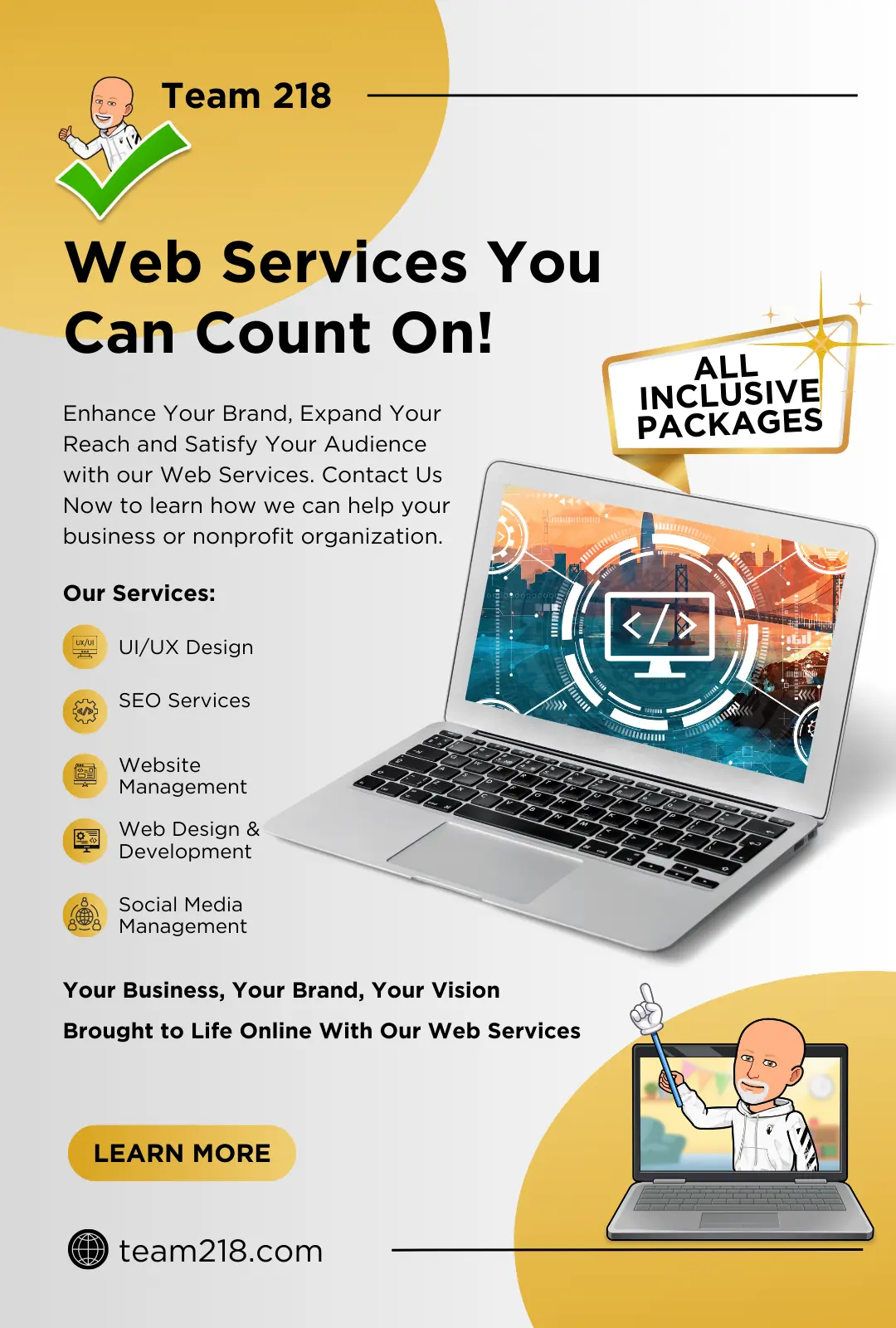Proven Approaches for Enhancing Your Website through Superior Web Design
An In-depth Summary of the Best Practices in Internet Layout for Producing Accessible and instinctive Online Systems
The performance of an online system hinges considerably on its design, which must not just attract customers but additionally direct them seamlessly via their experience. Finest practices in web layout incorporate a variety of methods, from responsive formats to obtainable navigating frameworks, all focused on fostering instinctive interactions. Recognizing these concepts is critical for developers and developers alike, as they straight impact user complete satisfaction and retention. However, the complexities of each practice commonly reveal much deeper effects that can transform a fundamental interface right into an exceptional one. What are the essential elements that can boost your platform to this level?
Recognizing Individual Experience
Comprehending user experience (UX) is essential in website design, as it straight influences exactly how site visitors interact with a web site. A well-designed UX ensures that customers can navigate a site without effort, accessibility the details they seek, and full wanted activities, such as authorizing or making a purchase up for an e-newsletter.
Usability concentrates on the ease with which customers can complete tasks on the internet site. Accessibility makes sure that all customers, consisting of those with handicaps, can interact with the website successfully.
Looks play an important function in UX, as visually appealing layouts can boost individual complete satisfaction and engagement. Color pattern, typography, and images ought to be thoughtfully selected to develop a natural brand name identification while also assisting in readability and understanding.
Ultimately, focusing on individual experience in website design fosters better customer complete satisfaction, motivates repeat brows through, and can significantly improve conversion rates, making it a basic facet of successful electronic strategies. (web design)
Importance of Responsive Design
Receptive layout is a crucial part of contemporary internet growth, making sure that internet sites give an optimum viewing experience throughout a large range of tools, from desktops to mobile phones. As customer actions significantly moves in the direction of mobile surfing, the requirement for websites to adjust seamlessly to different display sizes has ended up being critical. This adaptability not only enhances use however likewise substantially effects user involvement and retention.
A responsive style utilizes fluid grids, flexible photos, and media questions, enabling a natural experience that maintains performance and aesthetic honesty despite tool. This technique eliminates the demand for customers to focus or scroll flat, leading to an extra user-friendly communication with the content.
In addition, online search engine, especially Google, prioritize mobile-friendly websites in their positions, making responsive style essential for keeping presence and accessibility. By embracing responsive design principles, organizations can reach a wider target market and improve conversion rates, as customers are more probable to engage with a site that provides a constant and smooth experience. Inevitably, responsive style is not merely an aesthetic choice; it is a tactical necessity that reflects a commitment to user-centered layout in today's digital landscape.
Simplifying Navigation Structures
A well-structured navigating system is vital for boosting the user experience on any website. Streamlining navigating structures not only help customers in discovering info swiftly but additionally promotes involvement and lowers bounce rates. To achieve this, internet developers need to prioritize clarity via making use of straightforward labels and groups that reflect the web content accurately.

Integrating a search feature additionally boosts use, permitting individuals to find content straight. Additionally, applying breadcrumb routes can give users with context regarding their location within the website, advertising simplicity of navigating.
Mobile optimization is one more crucial facet; navigation ought to be touch-friendly, with clearly defined web see this here links and buttons to accommodate smaller sized displays. By minimizing the variety of clicks needed to gain access to material and ensuring that navigating corresponds throughout all pages, developers can develop a smooth customer experience that motivates exploration and lowers aggravation.
Focusing On Accessibility Criteria
About 15% of the international populace experiences some kind of special needs, making it essential for web developers to focus on accessibility requirements in their tasks. Ease of access includes various elements, including aesthetic, acoustic, cognitive, and motor disabilities. By adhering to developed guidelines, such as the Web Material Ease Of Access Standards (WCAG), designers can develop comprehensive electronic experiences that deal with all individuals.
One essential practice is to make sure that all material is perceivable. This includes offering alternate message for images and ensuring that videos have inscriptions or records. Key-board navigability is crucial, as many customers rely on key-board shortcuts instead than mouse interactions.
 Furthermore, color contrast ought to be very carefully taken into consideration to fit individuals with aesthetic problems, guaranteeing that message is legible visit their website versus its history. When making kinds, labels and error messages should be clear and descriptive to help users in finishing tasks effectively.
Furthermore, color contrast ought to be very carefully taken into consideration to fit individuals with aesthetic problems, guaranteeing that message is legible visit their website versus its history. When making kinds, labels and error messages should be clear and descriptive to help users in finishing tasks effectively.Finally, performing usability screening with individuals that have impairments can offer vital insights - web design. By prioritizing availability, internet designers not only abide by legal requirements yet likewise expand their target market reach, promoting a more inclusive on the internet setting. This commitment to availability is important for a truly accessible and user-friendly web experience
Using Visual Hierarchy
Clarity in style is paramount, and using aesthetic hierarchy plays an essential role in achieving it. Visual pecking order refers to the plan and presentation of aspects in a means that plainly suggests their significance and guides customer attention. By tactically utilizing dimension, color, comparison, and spacing, developers can create a natural flow that guides customers via the web content flawlessly.
Using larger fonts for headings and smaller ones for body message establishes a clear difference in between areas. Furthermore, utilizing vibrant shades or different backgrounds can accentuate crucial info, such as call-to-action buttons. White room is just as vital; it aids to avoid clutter and allows individuals to concentrate on the most vital aspects, boosting readability and overall individual experience.
An additional key element of visual pecking order is making use of images. Pertinent pictures can improve understanding and retention of information while likewise damaging up text to make content a lot more digestible. Ultimately, a well-executed aesthetic pecking order not only improves navigating however also cultivates an user-friendly interaction with the site, making it more probable for users to attain their purposes effectively.
Final Thought

In summary, adherence to ideal methods in website design is necessary for producing user-friendly and navigable online systems. Highlighting receptive style, streamlined navigating, and availability requirements cultivates a user-friendly and inclusive environment. In addition, the reliable use of visual pecking order enhances user engagement and readability. By focusing on these aspects, internet designers can dramatically enhance customer experience, making sure that on-line systems meet the diverse needs of all customers while promoting reliable interaction and complete satisfaction.
The performance of an online platform pivots considerably on its design, which need to not only attract individuals yet additionally lead them effortlessly via their experience. By taking on receptive layout principles, services can get to a wider audience and boost conversion rates, as users are a lot more likely to involve with a site that offers a constant and smooth experience. By adhering to established standards, such as the Web Content Accessibility Guidelines (WCAG), developers can develop inclusive electronic experiences that provide to all users.
White room is just as necessary; it helps to avoid clutter and permits customers to focus on the most vital aspects, improving readability and total customer experience.
By prioritizing these elements, web developers can significantly boost user experience, making sure that on-line systems fulfill the varied requirements of all customers while why not try this out helping with effective communication and complete satisfaction.